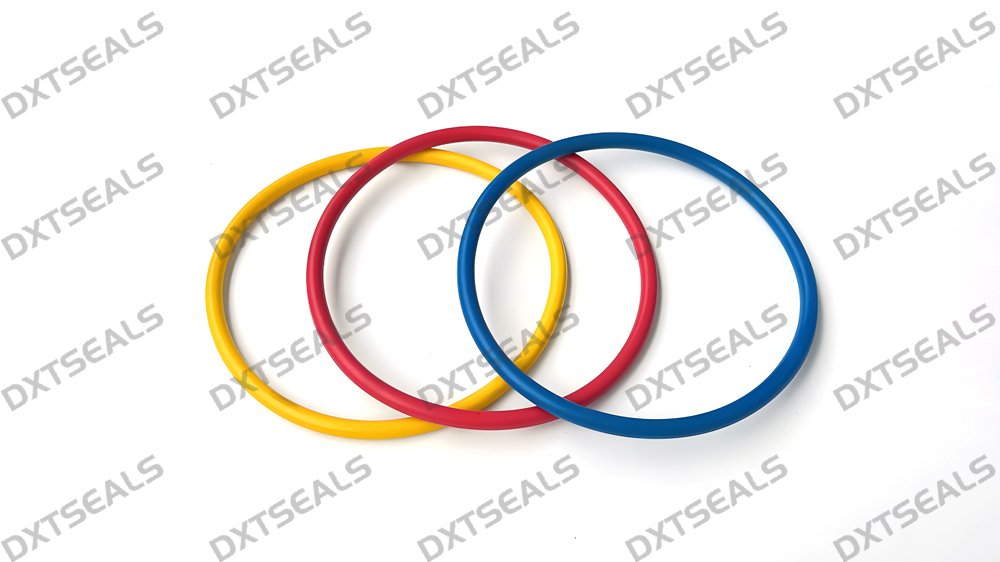
Selecting the right sealing material is a critical decision that directly impacts system reliability, operational costs, and maintenance cycles. While high-performance materials often provide excellent durability, they also come at a higher price. On the other hand, economical materials may reduce upfront costs but risk premature failure.
In this article, DXTSEALS explores how to balance cost and performance when choosing sealing materials for different applications.
1. Understanding Cost vs. Lifecycle Value
-
Low-cost materials such as NBR (Nitrile Rubber) are widely used in general applications. They are affordable but may not perform well under extreme temperature or aggressive fluids.
-
High-performance materials like FKM (Viton), PTFE, or PEEK may seem expensive initially, but their longer service life and reduced maintenance costs often make them more cost-effective over time.
✅ DXTSEALS Tip: Always evaluate the total lifecycle cost, not just the purchase price.
2. Matching Material to Operating Conditions
Different materials respond differently to temperature, pressure, and chemical exposure:
-
NBR: Good for oils and fuels, but limited in high temperatures.
-
FKM: Excellent for high temperature and aggressive chemicals, but higher in cost.
-
PTFE: Outstanding chemical resistance, suitable for demanding sealing systems.
-
EPDM: Strong against water and steam, less effective with oils.
✅ DXTSEALS Tip: Select materials that fit the actual working medium and avoid over-specifying unnecessarily expensive options.
3. Balancing Wear Resistance and Maintenance
-
Economical rubbers may wear faster in dynamic sealing applications, requiring more frequent replacement.
-
Engineering plastics such as POM, PA, or PTFE provide better wear resistance and lower friction, reducing maintenance intervals.
✅ DXTSEALS Tip: In high-cycle machinery, investing in more durable materials often reduces downtime costs.
4. Industry-Specific Material Priorities
-
Automotive & Engineering Machinery: Oil resistance and wear resistance are key; NBR or FKM are common.
-
Chemical & Oilfield Industry: Strong chemical resistance required; PTFE and FKM are preferred.
-
Food & Medical Applications: Compliance with FDA standards is essential; PTFE or silicone are common choices.
✅ DXTSEALS Tip: Material selection should always align with industry compliance standards in addition to performance.
5. Practical Strategy for Material Selection
-
Define operating environment (medium, temperature, pressure).
-
Compare candidate materials for compatibility.
-
Assess initial cost vs. expected service life.
-
Consider maintenance frequency and downtime costs.
-
Choose the material with the best cost-performance balance.
Conclusion
Balancing cost and performance in sealing material selection is not about choosing the cheapest or the most advanced option, but about finding the optimal match for your application.
At DXTSEALS, we offer a wide range of sealing materials, from NBR and EPDM to PTFE and PEEK, helping customers achieve the right balance between budget and reliability.
📩 Contact DXTSEALS today to discuss the best sealing solution for your needs.
